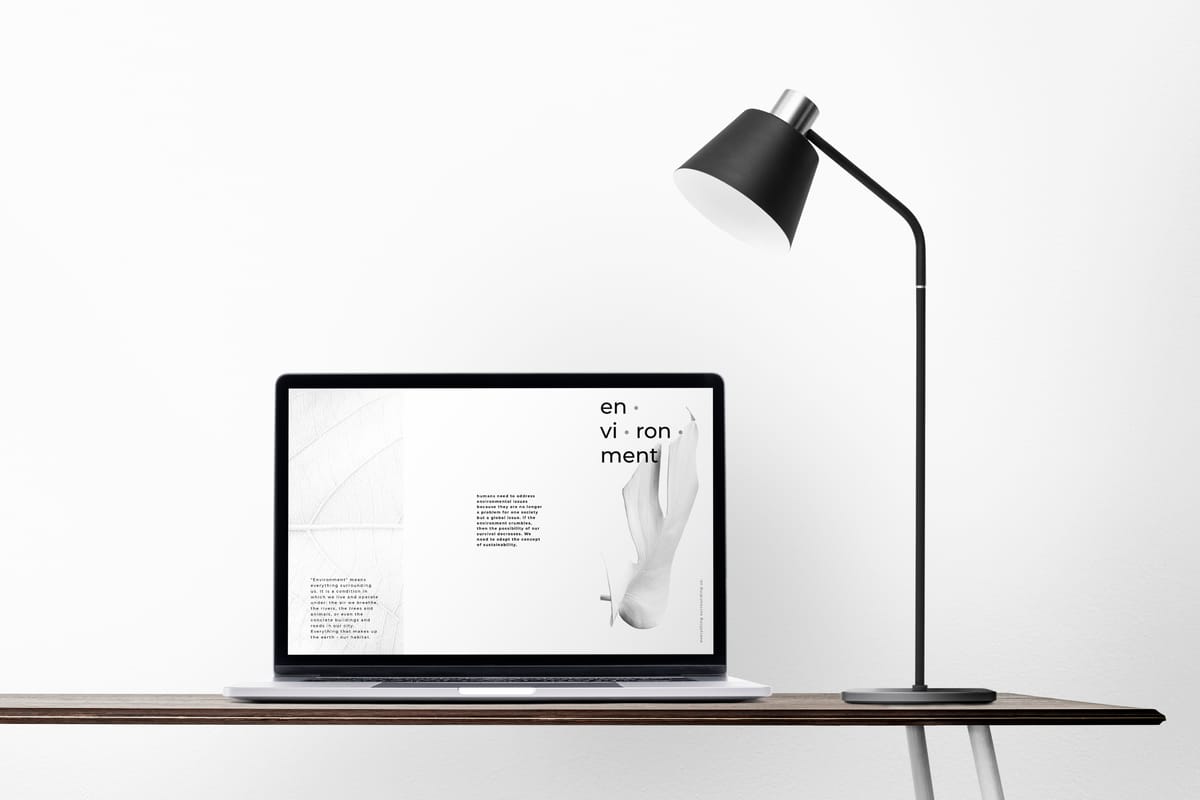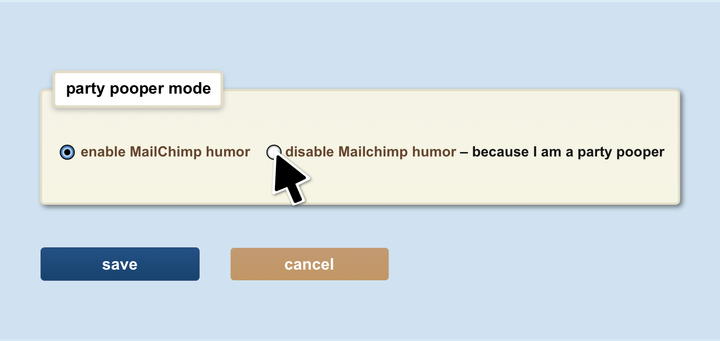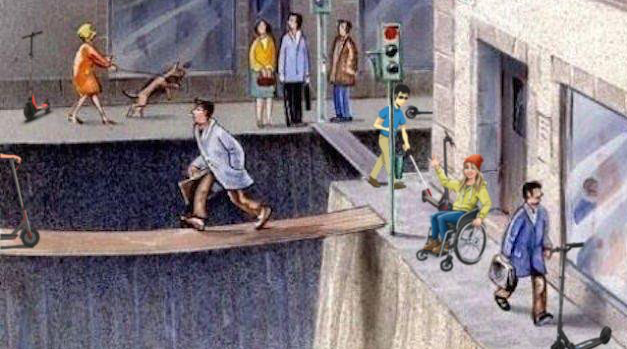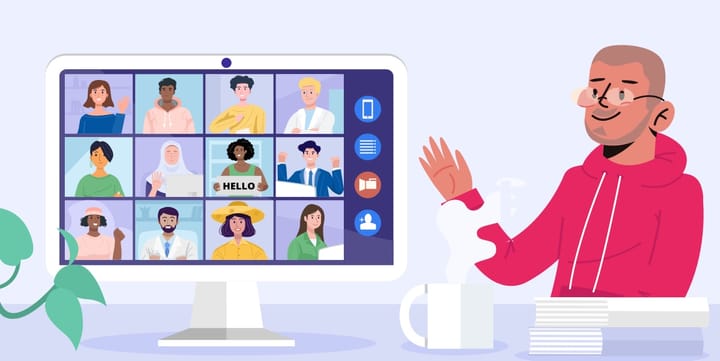Create a Web That's Easy to Read

Web editors can be anything from journalists to Web designers and communications professionals. They all have one thing in common; they have the power to determine the content of a Web site.
This power allows them to cover the Web site with wordy texts, mixing terms like strategic platform and proactive and creative business relations with poetic texts that are full of alliterations and imaginative metaphors.
However, if all this long-winding text is to have any reason for existence, people must be able to read and react to the message. This power comes with a responsibility. Write so that people understand and want to read the text.
Readers Are Slow on the Uptake
The whole point of the Web editor role is to make it easy for readers, regular people, to understand the message in the text. This may be more difficult on the Web because:
- The screen is limited; it may be difficult to get an overview.
- The text is mixed with other information, e.g. hyperlinks, graphics.
- It is harder for the eyes to read the screen than printed material.
- Readers have navigated to the page:
- 1. directly from a search engine;
- 2. via a link from another Web site;
- 3. via navigation from your own Web site,
- 4. and need to familiarize themselves with the new site.
- You can use color, and vary the font and graphics (to a certain extent) to get the reader’s attention.
These limitations and possibilities mean that you should spend more time on a text on the Web than you may do with a text in Word.
Write Successful Headings
The title of your work is the door to the text. If the reader misses the door, it really doesn’t matter what you write.
Summarize the text in the heading to maximize its usage to the reader. The reader will thank you enormously if he doesn’t have to read all the text to get the gist and the point of the text.
Sparsely Populated Areas Wait and Take the Initiative are examples of two headings that could lead to anything. The reader has to delve into the text to have any chance of understanding what the text is about.
It would in these examples be a lot better to write:
- No Decision From the Government Concerning Broadband Expansion;
- Building Good Relations with Your Manager.
It’s a myth that headings must be short, effective and witty. The Web doesn’t cost per column millimeter, you’re not selling single copies and, above all, you have every reason to help the Web site’s visitors quickly grasp what it’s all about.
The clearer your headings, the better you live up to the Web site’s promise to provide the best possible service.
Help the Reader Stop Reading
As you’ve probably noticed, what we really want is that the reader doesn’t read. The less the reader needs to read to understand the content of the text, the better. The next step is making sure that the text:
- is divided into several paragraphs (2-3 sentences per paragraph);
- has several subheadings.
This helps the reader get acquainted and skim the text. It is more difficult to read line-by-line on a screen if there are a lot of lines of text together. The same rule applies to subheadings; they have to indicate what the following paragraph is about.
Bulleted Lists Are Quicker to Read
Comma-separated lists are also difficult to read on a screen and, where possible, you should preferably define lists in clear and concise bulleted lists. This also makes it easier for the reader to get acquainted with the entire body text. It also helps ensure that important information will be read.
Compare “Your Web site will be easy to find, user-friendly, easy to understand, visible in search engines, accessible, and quality assured according to standards.” with:
Your Web site will be:
- easy to find
- user-friendly
- easy to understand
- visible in search engines
- accessible
- quality assured according to standards.
Hyperlinks Attract, So Link Correctly
Your text often links to other content. It is extremely important that the links mediate where they lead, so that they support and help the reader as intended.
There is one rule of thumb; if the page or document you are linking to has a title, use the title as the link text. This reassures the reader that they have come to the right place and reproduces the page’s subject. There is a risk, of course, that the title may sometimes not be enough to describe the content. In this case you should use the original title with some extra text.
For example:
- […] go to the article Create a Web That’s Easy to Read
- Create a Web That’s Easy to Read: concrete writing tips for Web editors
Just like long headings, there’s nothing wrong with long links.
If it is not possible to use this kind of link text in the context you are writing, the TITLE attribute should be used for links. This shows a descriptive text when you position the mouse pointer over the link, and can be read by screen readers (usually not automatically but on demand). This may not be your responsibility, as it could potentially involve some coding depending on your publishing tool, but you should know about it to be able to pass on the requirement. It may look like this: (test by activating the link via keyboard or hovering the cursor over the link):
- Last week I read a good article, which inspired me to write simpler texts on the Web.
The TITLE attribute works well with search engines, certain read-aloud Web browsers and for uncertain readers that prefer information about where the link leads before clicking it. But remember that the TITLE-attribute is the second-best solution.
Text Length
Well it’s time to round off. Otherwise, there’s a risk that the text will be too long. In this case, read the text again, delete, shorten and create bulleted lists. Ask others for help and keep your text under 500 words (rule of thumb, not law).
If you really have to write a long text (like a thesis), divide it into several pages with one subject/section per page. Write clear headings on each page and allow the reader to navigate to any page based on the heading.
Writing With a Personal Touch
Once you’ve mastered the digital text, one of the most important things is daring to write in a personal tone of voice. Texts with a personal touch are more fun to read, more engaging and the text is more memorable compared with others.
And, as you see, writing with a personal touch lets you get away with longer texts!
This article was originally Published on episerver.com in 2005. I republished it here after it fell off the Internet.




Comment